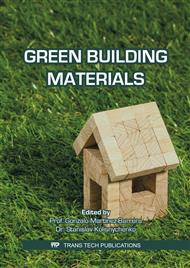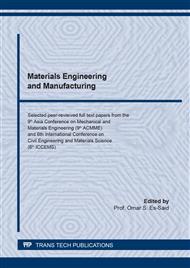p.111
p.120
p.128
p.134
p.143
p.151
p.158
p.163
p.174
Sustainable Construction through Characterization of PET Bricks in Urban Areas
Abstract:
The Plastic especially that used for beverage containers generates large tons of daily waste, currently being the first waste material that accumulates the most in our cities. A problem that increases when one takes into account that it is a material that takes around 500 years to fully degrade. In recent years, the development of ideas in the use and recycling of PET bottles has increased worldwide due to the level of the ecological problem it poses. There are processes that reuse waste beverage containers for the elaboration of construction elements another of its magnificent advantages is the simplicity in its production process. They do not require firing and, unlike the conventional brick manufacturing process that joins cement and sand, for the manufacture of a PET brick the sand is replaced by particles of PET plastic from twenty waste bottles, with which we obtain a much more alternative ecological sustainable,
Info:
Periodical:
Pages:
143-150
Citation:
Online since:
October 2021
Authors:
Keywords:
Price:
Сopyright:
© 2021 Trans Tech Publications Ltd. All Rights Reserved
Share:
Citation:



